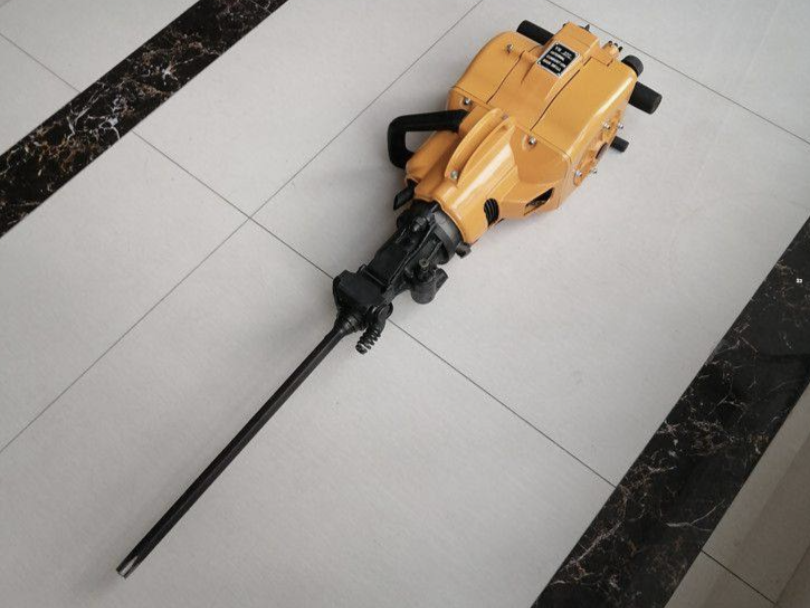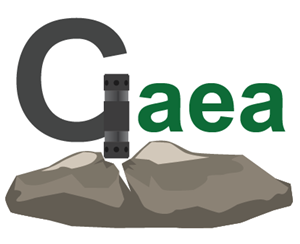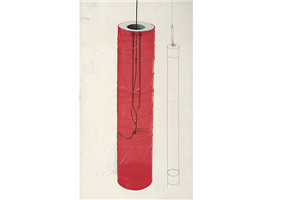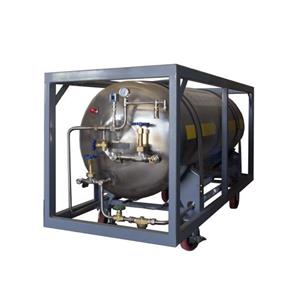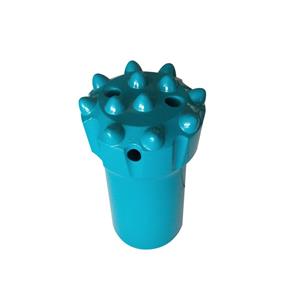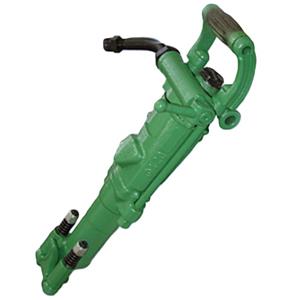How to correctly use a jack hammer
A rock drill is a simple, lightweight and economical excavation machine widely used in road works, foundation construction, and mining, and is an important machine for quarrying rough stone. As an impact device it typically requires auxiliary media such as oil, water and compressed air — this raises requirements for reliability and safety, and also brings operational and maintenance challenges. Using and maintaining the drill scientifically is important both for safe production and accident prevention and for improving equipment performance, service life and productivity.
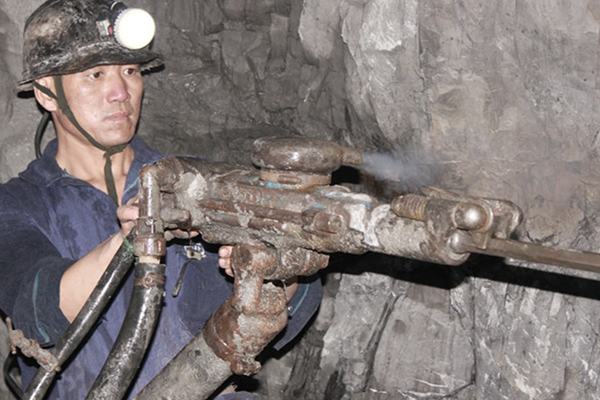
Preparations before starting
New rock drills are protected inside with a relatively viscous rust‑preventive grease and must be disassembled and cleaned before use. When reassembling, apply lubricant to the surfaces of moving parts. After assembly, connect the air supply, run the drill on low air and check that it operates normally.
Fill the automatic oiler with lubricating oil. Common oils used are 20#, 30# and 40# engine oil. The oil container should be clean, covered and sealed to prevent rock dust and contaminants from entering the oiler.
Check the site air and water pressures. Air pressure should be 0.4–0.6 MPa; excessively high air pressure accelerates wear of mechanical parts, while too low pressure reduces drilling efficiency and can cause corrosion. Water pressure is generally 0.2–0.3 MPa; excessive water pressure will wash into the machine and spoil lubrication, lowering efficiency and causing corrosion, while too low pressure gives poor flushing.
Verify that the drill bits meet quality requirements; do not use substandard bits.
Before attaching the air hose to the drill, vent it to blow out debris. Before connecting the water hose, flush the joint area clean of dirt. Tighten air and water hose connections securely to prevent them from coming off and causing injury.
Insert the shank into the drill head and try to turn the bit clockwise with force; if it cannot be turned, the machine may be seized and should be dealt with before use.
Tighten all connection bolts, start air flow and check the feed/rammer operation; only begin work after operation is confirmed normal.
For guide‑rail type drills, set up the supports and check the feeder movement. For pneumatic‑leg drills and upright drills, check the flexibility and condition of the pneumatic legs.
For hydraulic rock drills ensure the hydraulic system is well sealed to prevent contamination of the hydraulic oil and to maintain stable pressure.
Operational precautions
When starting a hole, rotate slowly. After the hole depth reaches about 10–15 mm, gradually bring the drill to full rotation. During drilling, keep the drill string advancing in a straight line and centered on the hole.
Apply proper axial thrust. If axial thrust is too small the machine will bounce back, vibration increases and drilling efficiency falls; if thrust is too great the bit will bear hard against the hole bottom, causing the machine to run overload, parts will wear prematurely and drilling rate will decrease.
If the bit becomes stuck, reduce axial thrust to allow the situation to normalize. If that is ineffective, stop the machine immediately. Use a wrench to slowly turn the drill rod, then apply medium air pressure to rotate the bit slowly — do not strike the drill rod to free a stuck bit.
Monitor cuttings removal. When flushing is normal, slurry flows gently from the hole collar; if not, blow the hole strongly. If that fails, check the bit’s water holes and shank condition, then inspect the water nozzle and replace any damaged parts.
Monitor oil supply and oil discharge from the oiler; adjust the oil feed as required. Running without oil causes premature part wear; however, excessive oil will contaminate the work face.
Pay attention to unusual sounds and the general operating condition of the machine and address problems promptly.
Watch the condition of the bit and replace it immediately if abnormalities appear.
When operating upright drills, pay attention to air supply to the pneumatic legs to prevent excessive vertical movement that could cause accidents. Ensure the pneumatic leg support points are secure. Do not grip the machine too tightly and never straddle the pneumatic leg — both can cause injury or damage.
Observe rock conditions to avoid drilling along bedding planes, joints or fractures. Do not drill incomplete holes that leave thin weak sections. Continuously watch for signs of roof collapse or sidewall spalling.
Use the hole‑opening function effectively. During initial hole opening, use reduced impact pressure and a fixed, relatively low feed pressure. Keep feed pressure as low as practicable to facilitate drilling on steeply inclined rock faces and to avoid bending the drill rods.
